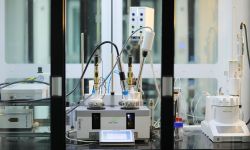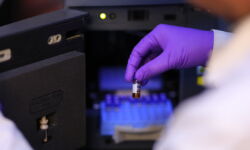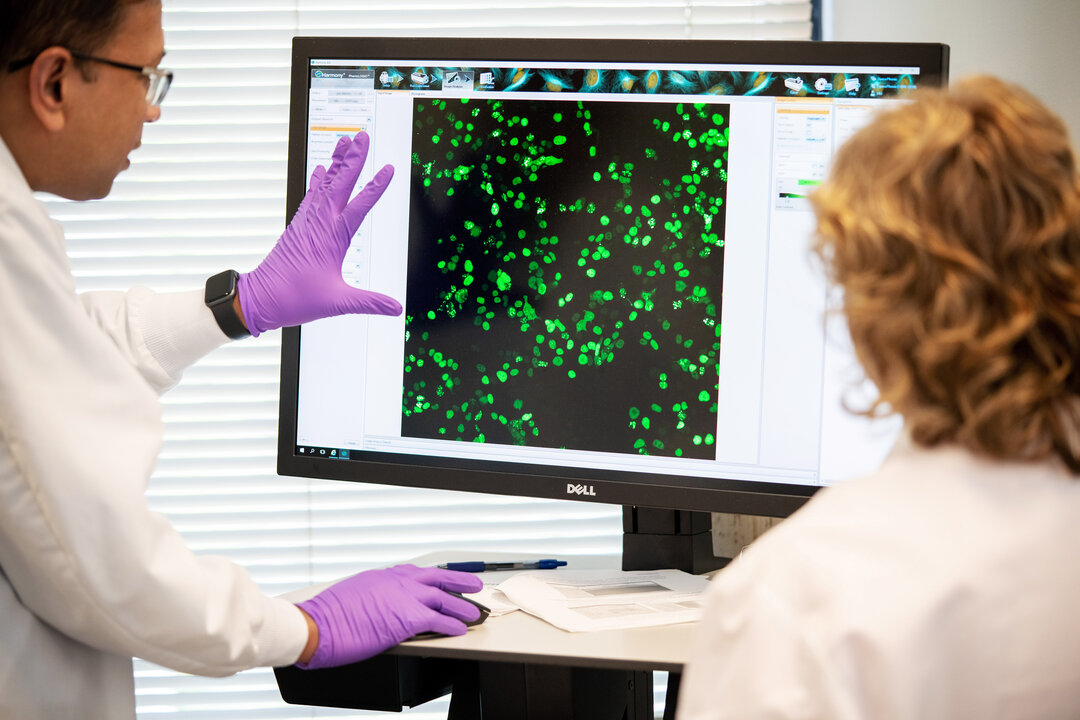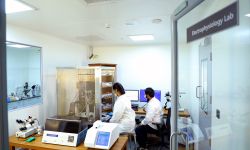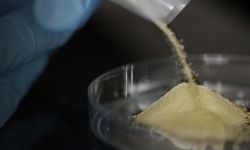Sai Scientists author review article on ‘Liver-on-Chips for Drug Discovery and Development’
In a review article published in the latest edition of Materials Today Bio, titled ‘Liver-on-Chips for Drug Discovery and Development,’ our scientists, Dr. Viraj Mehta, Dr. Guruswamy Karnam, and Dr. Vamsi Madgula from DMPK, have highlighted the transformative impact of advanced in vitro 3D models on pharmaceutical research and development (R&D).
The review article delves into the implications of the recent FDA Modernization Act 2.0, which has catalyzed increased investment in sophisticated 3D in vitro technologies such as organoids, spheroids, and organ-on-chips. These models, collectively known as microphysiological systems (MPS), are revolutionizing drug discovery by closely mimicking the physiological environment of human organs, particularly the liver—a pivotal organ in drug metabolism and toxicity. In the review article, the authors particularly focus on cutting-edge liver-on-chips (LoC) models and their distinguishing capabilities that may help predict repeated dose-induced chronic liver toxicities and clearance of metabolically stable compounds. Additionally, the article also highlights an innovative multi-organ-on-chips technology for investigating PK profiles of drugs.
The collaboration between technology developers and pharmaceutical giants is highlighted as pivotal in advancing MPS technology from experimental stages to mainstream adoption. Despite these advancements, the review also identifies key challenges hindering the rapid adoption of MPS assays in the pharmaceutical industry, including scalability, regulatory and standardization issues.
Moreover, the article identifies several promising applications of liver-on-chip models that surpass the capabilities of conventional 2D hepatic models. These applications include predicting clearance of metabolically stable compounds, forecasting immune-mediated drug-induced liver injuries, and simulating drug metabolism in unique physiological conditions such as pregnancy or disease states.
The authors underscore that the potential of liver-on-chips goes beyond mere replication, it lies in their ability to serve as predictive tools that could significantly reduce the time and cost associated with drug development.
The review article concludes with a forward-looking perspective on the synergy between PBPK modeling, digital twins of organs, and AI/ML integration with liver-on-chips—a triad expected to define the future landscape of drug development and personalized medicine. You can read the full article here: https://doi.org/10.1016/j.mtbio.2024.101143
